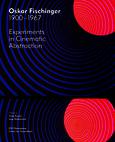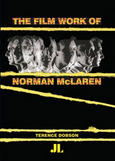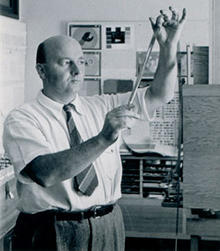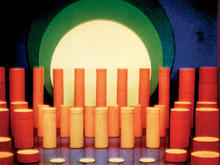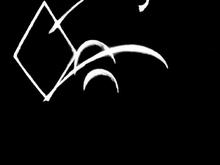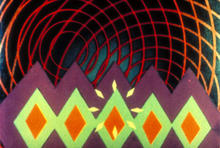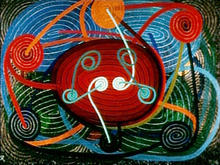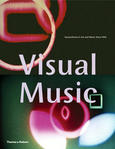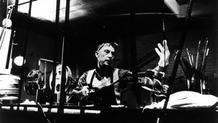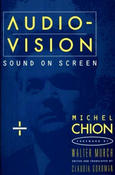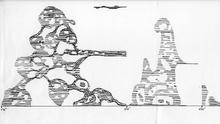Optical Poetry
(2004)The Life and Work of Oskar Fischinger by Dr. William Moritz. The result of over 30 years of research on this visionary abstract filmmaker and painter.
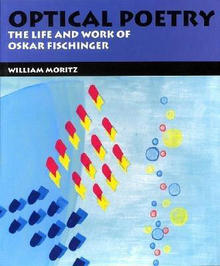
Dr. William Moritz's long-awaited, definitive biography of Oskar Fischinger is the result of over 30 years of research on this visionary abstract filmmaker and painter. In addition to Moritz's comprehensive biography, it includes numerous photographs in colour and black and white (many never before published), statements by Oskar Fischinger about his films, a newly created extensive filmography, and a selected bibliography. Optical Poetry is an essential resource for students, scholars, educators, curators, film archivists and cinema lovers worldwide.
"Oskar Fischinger is one of the greatest artists of the 20th century, embracing the abstraction that became the major art movement of that century, and exploring the new technology of the cinema to open abstract painting into a new Visual Music that performs in liquid time. If he is less well known than some of the other major artists, it is precisely because he was buffeted about by the wars, Nazism, the communist witch-hunts and other phenomena of his century. Here is a glimpse of his life and works” (William Moritz)
Source: John Libbey Publishing
ISBN-10: 0253216419
ISBN-13: 978-0253216410
